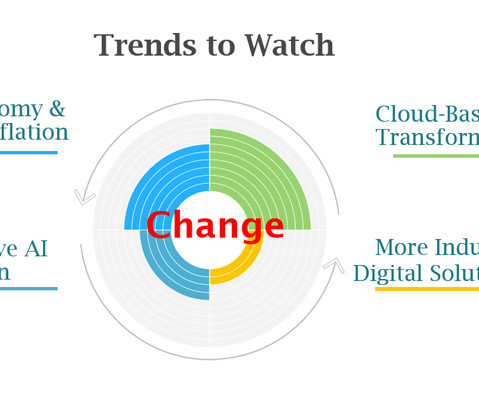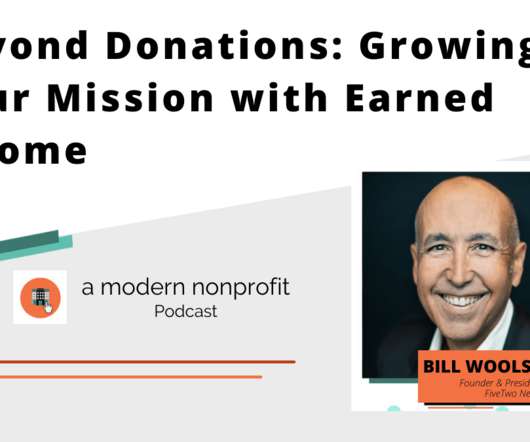What is the difference between planning, budgeting and forecasting for a business?
Spreadym
JUNE 8, 2023
They help organizations anticipate potential risks, identify opportunities, and make informed decisions about resource allocation and strategic planning. These goals could include increasing revenue, improving profitability, reducing costs, optimizing cash flow, expanding to new markets, or achieving a specific return on investment.













Let's personalize your content